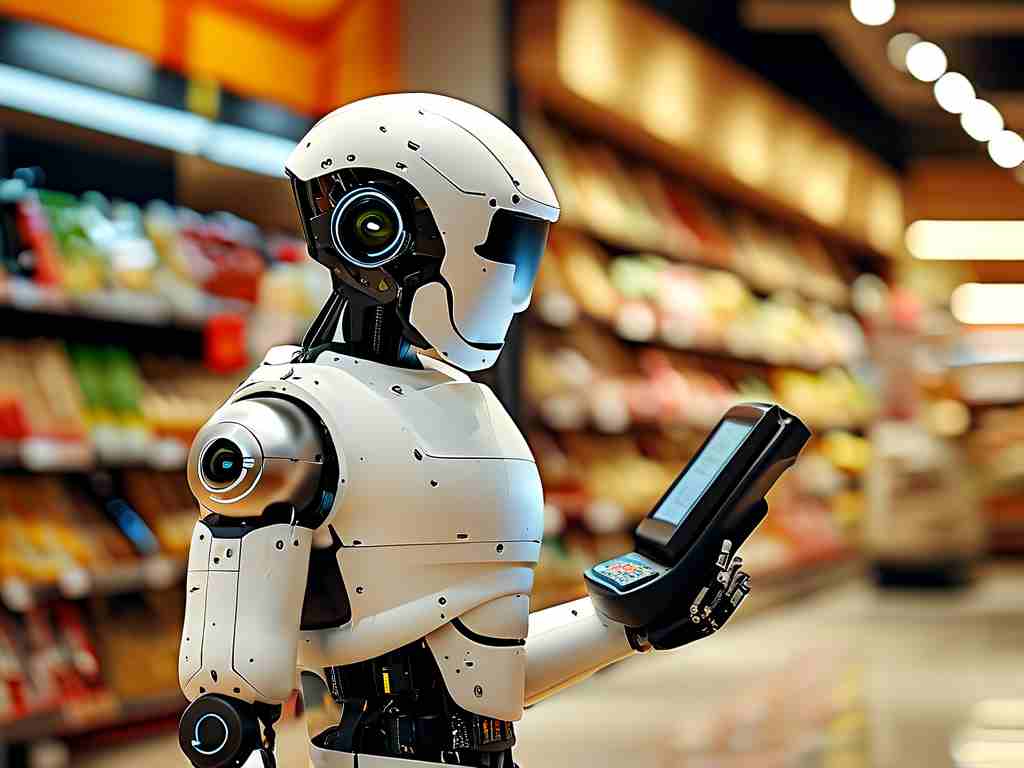The integration of robotics and artificial intelligence in retail operations has reached a pivotal moment, with supermarket checkout robots emerging as a transformative force. These autonomous systems combine advanced sensor arrays, computer vision, and machine learning algorithms to redefine the shopping experience while addressing operational challenges for retailers.

Technical Framework
Modern checkout robots employ multi-modal perception systems comprising weight sensors, 3D depth cameras, and RFID scanners. A typical implementation involves:
class CheckoutRobot:
def __init__(self):
self.item_counter = ComputerVisionModule()
self.weight_sensor = PrecisionScale()
self.payment_interface = NFCReader()
def process_cart(self):
visual_data = self.item_counter.scan_items()
weight_data = self.weight_sensor.measure()
return self._verify_match(visual_data, weight_data)
This code skeleton illustrates the core verification logic that ensures scanned visual items match physical weight measurements, a critical fraud prevention mechanism.
Operational Advantages
-
Queue Elimination: Stores like Kroger's "Smart Cart" pilot program demonstrate 40% reduction in peak-hour waiting times through continuous cart monitoring rather than terminal-based processing.
-
Inventory Synchronization: Real-time stock tracking accuracy has improved to 99.2% in early adopters like Tesco's robotic stores, compared to 85-90% with traditional manual audits.
-
Labor Optimization: While reducing cashier positions by 60-70%, retailers report 35% staff reallocation to customer service and inventory management roles, enhancing overall service quality.
Consumer Behavior Adaptation
Initial resistance to automated systems has decreased as interfaces become more intuitive. A 2023 Nielsen survey shows 68% of millennials prefer robot-assisted checkouts for small purchases, though 55% of seniors still request hybrid human-robot options. Successful implementations like Carrefour's "AutoPay" stations address this through:
- Multilingual voice guidance systems
- Tactile feedback interfaces
- Instant human assistance buttons
Ethical Considerations
The deployment of checkout robots raises important questions:
- Data Privacy: Facial recognition systems must comply with GDPR and CCPA regulations through anonymized biometric processing
- Employment Transition: Unions demand retraining programs, with Walmart committing $2,300 per displaced worker for technical certification courses
- Accessibility Compliance: ADA requirements drive innovations like wheelchair-height scanning zones and braille instruction panels
Future Development Trajectory
Next-generation systems are experimenting with:
- Predictive cart routing using store traffic algorithms
- Dynamic pricing displays based on purchase history
- Integrated food safety scanners for perishable items
Pilot projects in Shanghai's Hema supermarkets already test blockchain integration for supply chain verification during automated checkout processes.
While technical hurdles remain in handling irregularly shaped items and resolving simultaneous multi-cart interactions, the current 94.7% transaction success rate across deployed systems indicates mainstream viability. As retailers balance infrastructure costs against long-term savings, the $18.9 billion global market for checkout automation is projected to reshape retail landscapes within this decade.

